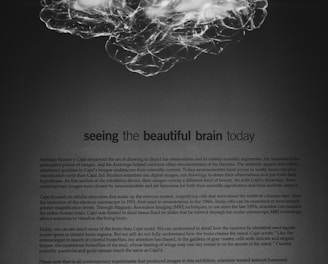Data Preprocessing Stage
Ensuring diverse datasets for effective analysis and bias detection through advanced preprocessing techniques.
Data Preprocessing Services
We ensure diverse datasets through effective preprocessing for accurate research outcomes and analysis.
Data Collection Stage


Collect and preprocess multi-dimensional datasets for representativeness and diversity in research.




CAVS Technology Use
Utilize CAVS technology to extract implicit concepts and analyze their decision-making relationships.
Design and validate an implicit bias detection framework for robust and effective analysis.
Bias Detection Framework


The expected outcomes of this research include:
Theoretical Contribution: Propose a theoretical framework for implicit bias detection based on CAVs technology, filling the research gap in this field.
Technical Contribution: Develop a set of efficient implicit bias detection tools, providing technical support for fairness research in AI models.
Social Impact: Reducing bias and discrimination in the social application of AI technology by detecting and reducing implicit bias, promoting social equity and inclusion.
Model Optimization: Providing specific optimization suggestions for OpenAI’s models to better meet fairness requirements. This research will deepen our understanding of OpenAI’s models and their societal impact, driving AI technology toward greater fairness and reliability.